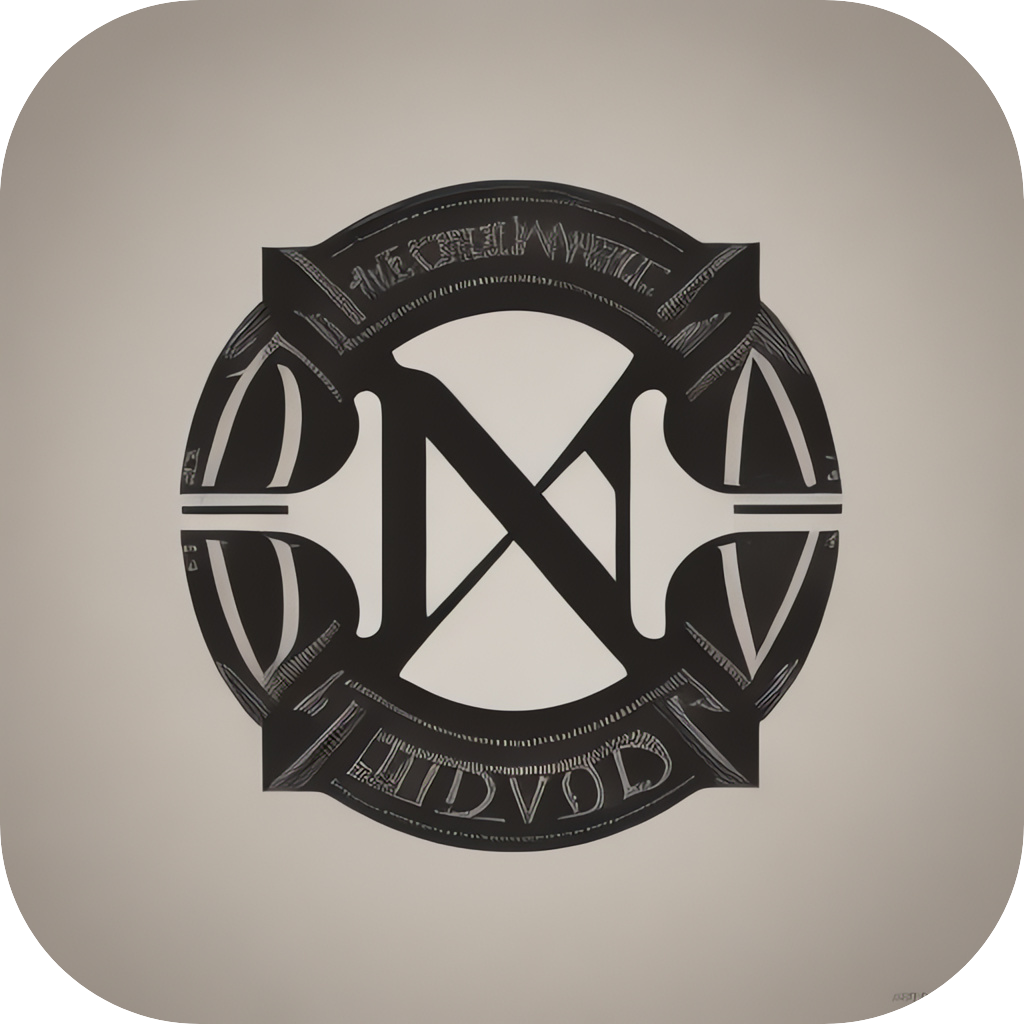Mastering Markdownmind: A Comprehensive Guide to Efficient Note-Taking and Organizational Skills Using Markdown Syntax
In today’s fast-paced world, efficiently capturing, storing, and organizing information is more crucial than ever. This is where Markdown, a plain text formatting language, comes into play, offering a powerful yet simple tool for those who value both the clarity and the flexibility in organizing their thoughts and notes. “Markdownmind” serves as a comprehensive guide to mastering the art of using Markdown syntax for highly effective note-taking and organization.
What is Markdown?
Markdown, introduced by John Gruber and Aaron Swartz, is a lightweight markup language that enables users to format textual content using plain text. It was inspired by existing plain text mailing list and newsgroup formats and is designed to be easy to read both as plain text and when formatted using a tool designed for displaying its representations.
Markdown’s simplicity lies in its ease of use. By applying a handful of straightforward commands, one can instantly transform plain text into a structured document that can be easily read, edited, or repurposed for various outputs such as HTML emails, text documents, and even as content on Wikipedia pages. This versatility makes Markdown the perfect tool for individual productivity, team collaboration, and content creation across various domains.
Key Features and Elements of Markdown
Before delving into how to use Markdownmind for efficient note-taking and organizational skills, it is essential to understand how different elements of Markdown can enhance the usability and effectiveness of your notes.
– **Structure**: Markdown naturally provides a hierarchy through headings, which are denoted by `#` symbols. For instance, `# Title` creates a main heading, while `## Sub heading` creates a subheading, creating an easily digested structure for long texts.
– **Lists**: Lists are created with `-` for bullet points, and `1.` for numbered lists, allowing for clean and organized representation of items in your notes or to-do lists.
– **Text Formatting**: Without needing to resort to complicated tools, key elements such as **bold** `**Bold text**` and *italic* `*Italic text*` can help emphasize important points in your note-taking.
– **Linking and Embedding**: Markdown allows you to include links and images seamlessly with `[text](URL)` for links and `` for images, enhancing the depth of information available in your notes.
– **Code Blocks**: For code snippets or multi-line code blocks, use `indented` lines, and for line-by-line code blocks, wrap with triple backticks (““). This is crucial for notes related to programming or technical documentation.
Markdownmind: Applications in Note-Taking and Organizational Skills
**Writing Productive Notes Online:**
1. **Use Markdown for Structured Notes**: Implement headings for sections within your notes. For example, use `## Main Section` to organize your thoughts and ideas.
2. **Leverage Bullet Points for Clarity**: When detailing steps, reasons, or sub-topics, use lists: `- Task 1`, `* Task 2`, etc., to keep your notes readable and organized.
3. **Highlight and Emphasize Key Points**: Utilize bold `**This is important**` and italics `*Key Note*` to draw attention to critical information while maintaining the file’s overall legibility.
**Collaborative Note-Taking:**
1. **Use Comments for Discussions**: Embed comments within your markdown file by placing your text between `>` symbols, such as `> Comment on this line`, for discussion or annotation among team members.
2. **Maintain Link Integrity**: When sharing notes or collaborating on long projects where links may change dynamically, use HTML links `[[Title]](https://example.com)` that point to internal notes or websites in your network.
**Enhancing Personal Knowledge Management:**
1. **Indexing with Headers**: Organize your files using headers that act as topic indexes. For example, `## Topics`, `### Subtopics`, etc., simplifies retrieval and navigation, especially when your collection grows.
2. **Keyword Tags**: Introduce inline tags of `#` followed by your keywords, like `#programming #coding`, when creating files. This tags system not only organizes the document but also facilitates searching and categorizing documents.
**Educational Purposes:**
1. **Outline Development and Course Organization**: Use Markdown to develop detailed course outlines, where major topics `#Major Topic`, subtopics `## Subtopic`, and sections of notes can be expanded by Markdown’s hierarchical structure.
2. **Automated Course Materials**: Tools such as Pandoc can convert Markdown notes into various output formats. For instance, using `pandoc -s input.md -o output.pdf` on your notes or lectures, you can generate PDF handouts.
**Final Tips for Success with Markdownmind:**
– **Consistency is Key**: Stick to a consistent use of Markdown syntax throughout your notes to ensure easy readability and maintainability.
– **Readability First**: While syntax is crucial, do not sacrifice clarity. Proper indentation, paragraph spacing, and clear headline organization will greatly enhance the readability of longer documents.
– **Experiment with Tools**: Leverage dedicated Markdown editors and online tools such as Typora, Obsidian, or Zettlr which offer advanced features and improve the efficiency of note-taking and organizational tasks.
In conclusion, Markdownmind offers an unparalleled approach to efficient note-taking and organizing information across personal and professional settings. By mastering the syntax, not only do you enhance productivity and clarity, but you also unlock a flexible framework that can be adapted to various needs and workflows. Whether you’re a student looking for a better way to take and review notes, a professional aiming to streamline team collaboration, or an enthusiast interested in enhancing productivity, the capabilities of Markdownmind represent a powerful tool in the repertoire of modern note-taking and organizational skills.
